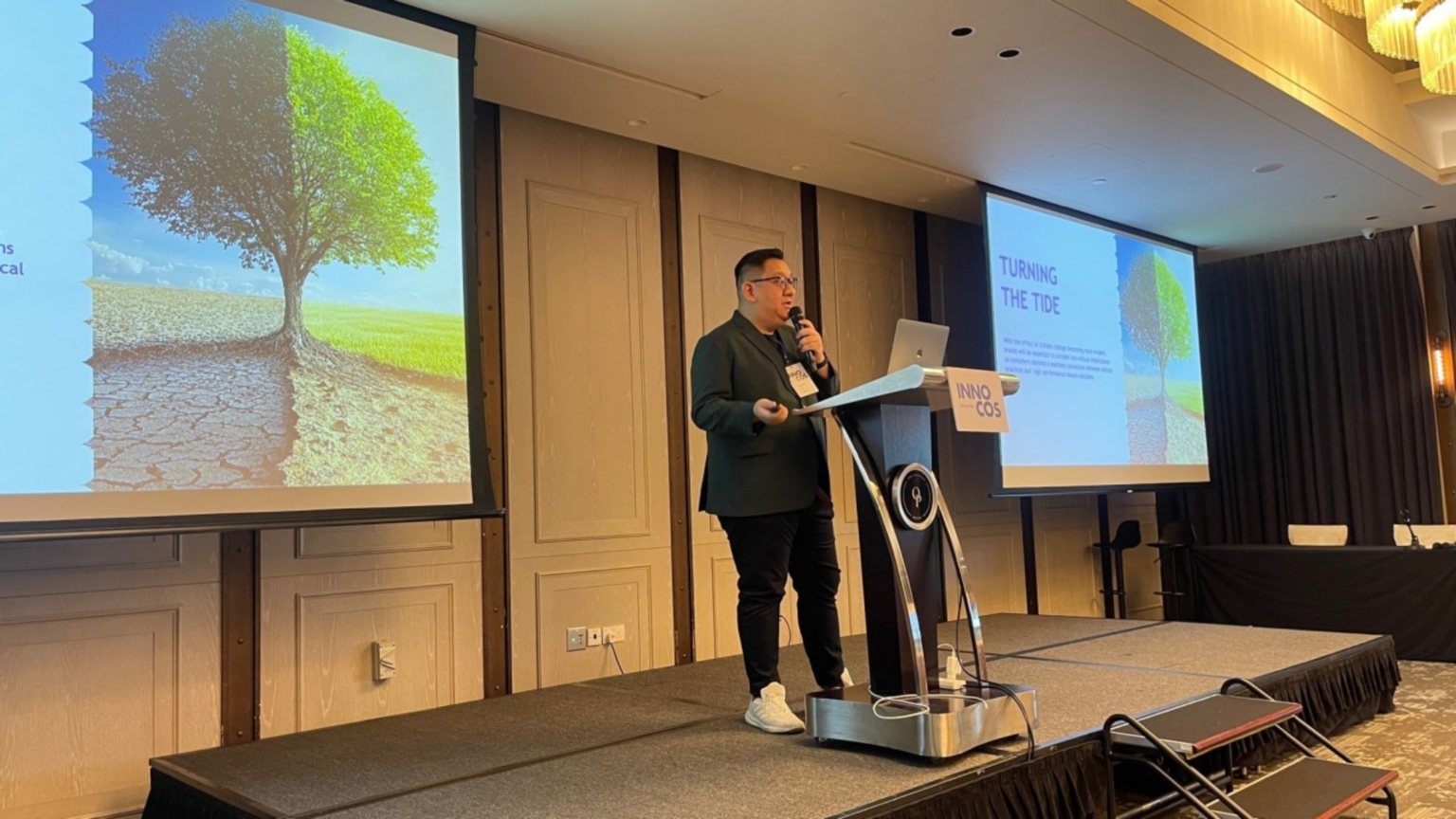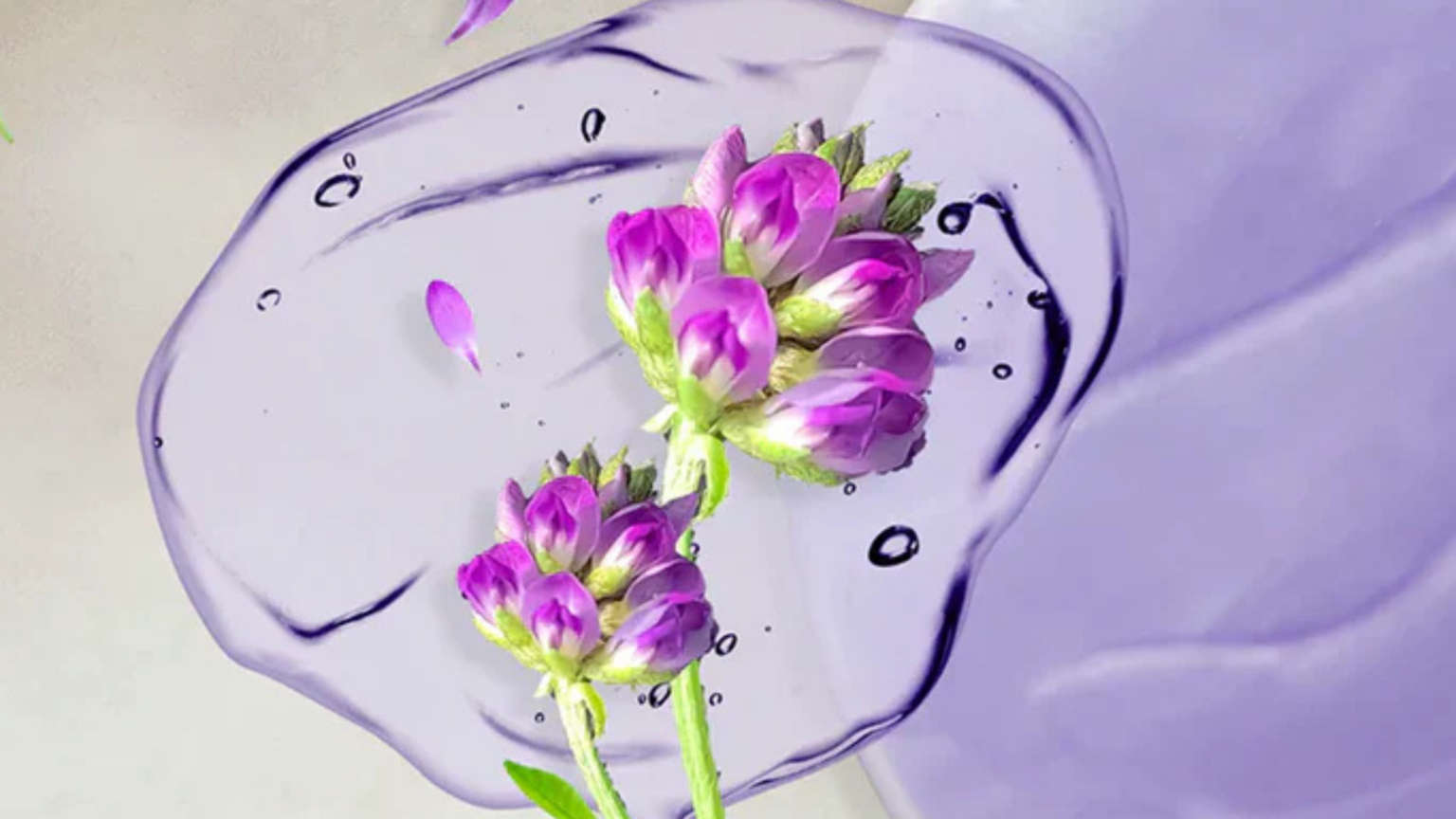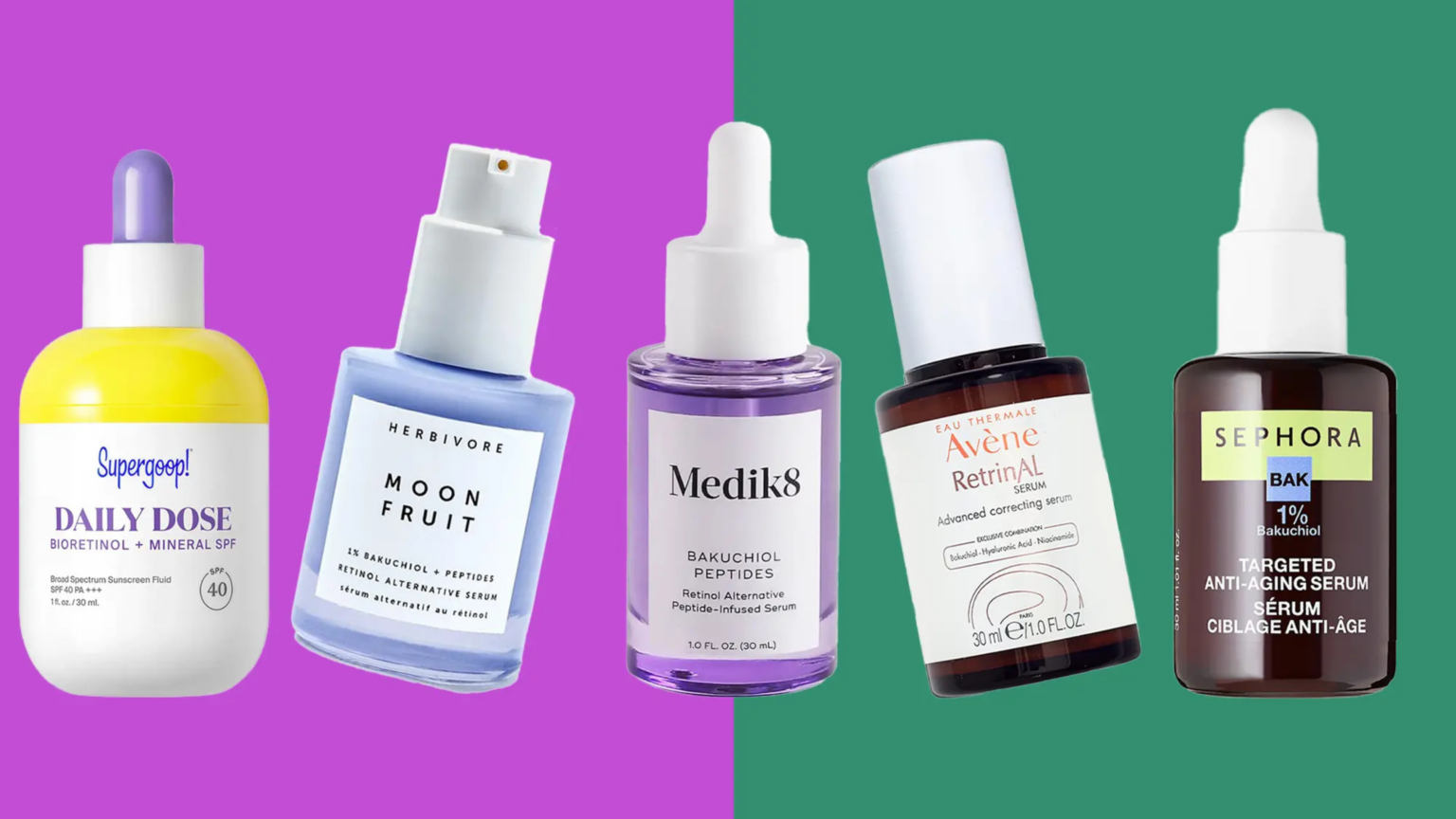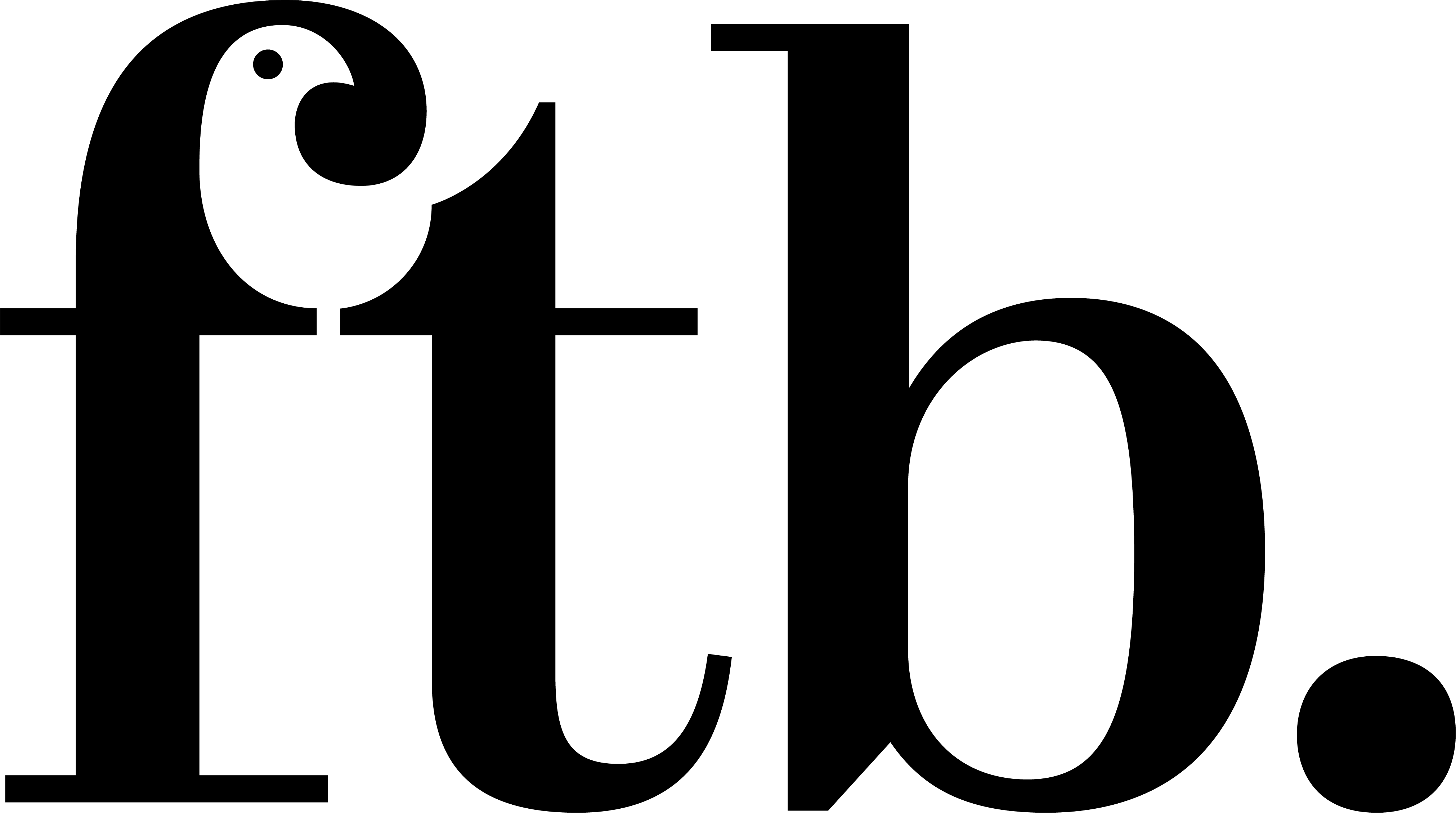Beautiful Thinking.

The INNOCOS Longevity Beauty conference in Singapore was abuzz with innovative ideas and forward-thinking strategies in the beauty and personal care sector. KinShen Chan, a respected Senior Analyst at Mintel, brought his extensive experience from the global insights platform, as well as his tenure at Procter & Gamble to the stage, delivering a session packed with insights that bridged science, consumer trends, and the future of the industry as we enter 2025.
Not only did he bring a view as to what will dominate the industry in this new year, he also provided guidance as to how brands can create strong, more transparent relationships with consumers based on these trends.
For those who missed it, or those who simply want to dissect some of the session’s key points, we’ve compiled a breakdown of the highlights set to shape the sector.




Chan opened by exploring a central theme in the beauty industry, the consumer’s relentless search for efficacy and functionality. Data from Intel underscores that individuals crave products that allow them to feel in control of their appearance and health. This extends beyond ingredient lists alone, to a broader pursuit involving technological advancements and personalised solutions. Chan pointed out that while tech-focused consumers are drawn to trends fuelled by social media, brands must step up to debunk misinformation and reinforce evidence-based beauty.
One standout topic was the efficacy of popular ingredients, particularly retinol. While retinol remains a staple anti-aging agent, its side effects – such as inflammation – drive brands toward gentler alternatives like bakuchiol. However, sustainability challenges with harvesting natural alternatives have sparked a push toward biotechnological solutions. Enter Naringenin, a polyphenol derived from grapefruit developed by L’Oréal, which Chan highlighted for its ability to reduce inflammation and support skin health.
The talk took a fascinating turn as Chan discussed advancements in imaging technology. While 2D imaging has been the norm, brands are now venturing into 3D and video imaging to offer more comprehensive diagnostics. Why does this matter? Because skin health is influenced by factors such as blood flow and circadian rhythms, which a single snapshot can’t fully capture. Video imaging could be a game changer, giving brands and consumers a more accurate view of skin conditions over time.
Chan skilfully tied the conference theme of longevity to emerging trends in beauty, focusing on cellular health. Consumers are shifting from seeking just anti-ageing solutions to products that promote cellular communication and regeneration. For example, hydrocinnamic acid and L’Oréal-backed innovations that boost autophagy are taking centre stage. However, a big question remains, can consumers truly understand and notice the benefits of these high-level scientific claims? Brands will need to bridge this gap with clear and relatable messaging.
The session also tackled the challenge of sustainability. While consumers often express the desire for eco-friendly products, sales data may not always reflect these sentiments. This disconnect, Chan argued, could be attributed to the multifaceted nature of sustainability, which encompasses recycled packaging, eco-friendly formulations, and more. Brands need to make these aspects clearer and more accessible to consumers. Intriguingly, even though Southeast Asia faces significant environmental challenges, brands there are pioneering sustainability efforts despite mixed consumer responses.
In a powerful segment, Chan illuminated how the mind-body connection is becoming a critical component of beauty routines. With consumers increasingly valuing mental health, the correlation between lifestyle habits and skin health is more relevant than ever. Research by major players like P&G and Estée Lauder has shown how sleep deprivation can impair skin barrier function and accelerate ageing. This new wave of holistic beauty ties into the concept of “strengthening ageing”—supporting the body to age well rather than merely preventing signs of ageing.
Finally, Chan reiterated the biotechnology trend sweeping the industry. The example of bakuchiol as a natural alternative to retinol and the issues surrounding its sustainable supply showcased why biotechnology is becoming crucial. Brands like L’Oréal and Unilever are investing in biotech innovations that offer not just efficacy but also eco-friendly production processes.




KinShen Chan’s presentation at INNOCOS Singapore was a reminder that the beauty industry’s future is multi-layered and intertwined with health, technology, and sustainability. As consumers lean toward products that blend functionality, wellness, and environmental consciousness, brands must pivot to meet these expectations with transparency, science-backed claims, and holistic messaging. Longevity, it turns out, isn’t just a trend – it’s a journey into understanding and embracing overall wellbeing, inside and out.
The challenge for the industry? To keep up with innovation while educating and engaging consumers in a way that makes complex ideas feel both accessible and essential.
